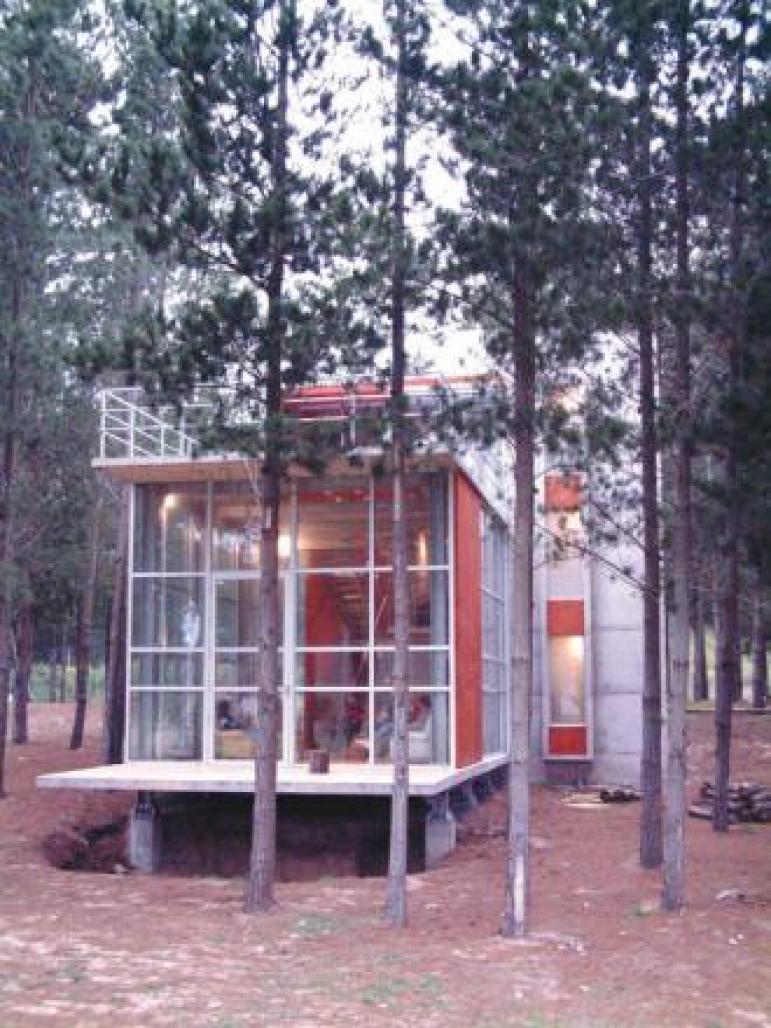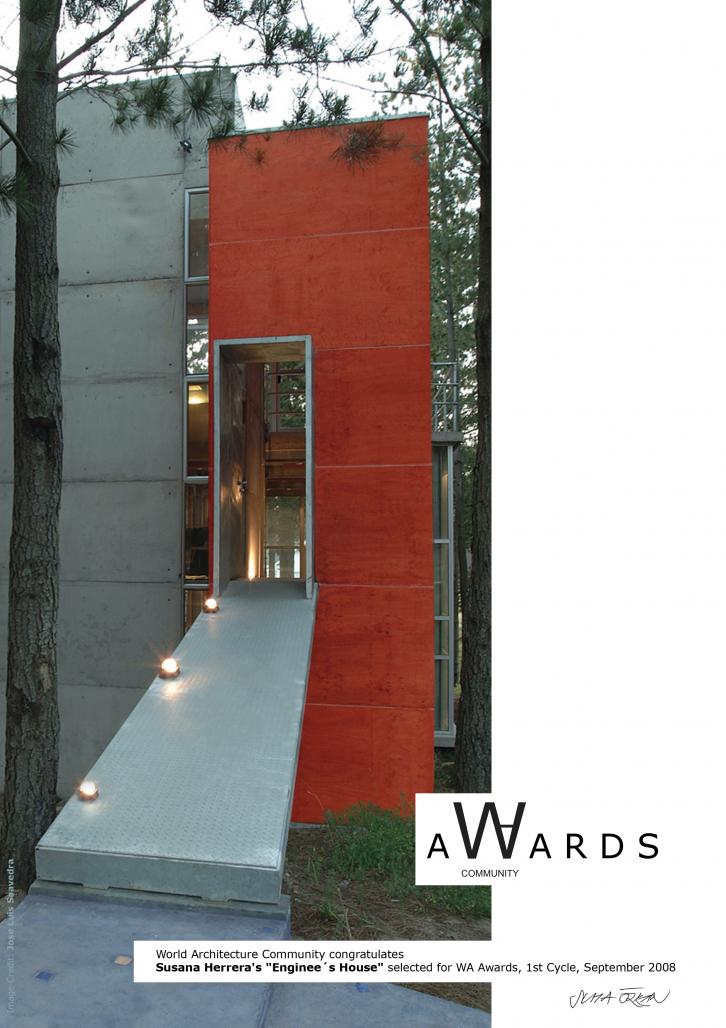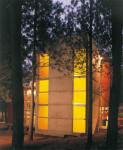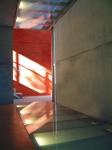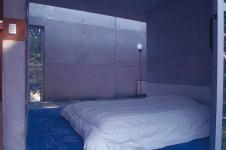by Susana A. Herrera and Jose M. Heras
When beginning to design a house, we believe an architect should consider new ways of thinking about dwelling. Every circumstance is different, changing with time, place, and client. New building technologies, site idiosyncrasies, social factors, and the client’s personality can combine to suggest a unique approach.
Even a modest house can be full of complexity when constructive and spatial variables overlap with sociological factors. In this sense, we are interested in exploring beyond established social factors to those that reveal new experiences of space.
This recent project, a house for a single engineer, is an example of this experimentation. FACTORIA Design attempted a process of synthesis in which we had to rethink every question about designing a space for dwelling.
The client is a food engineer and industrial production manager of a fish canning plant. He is constantly involved with machines and production chains. On one hand, he wanted his new home to provide an escape from the plant; on the other hand, he wanted the house to reflect concepts of efficiency, which he works with and values.
As the house’s single inhabitant, our client does not fit the typical profile of “family.” He interacts with his domestic space, its surroundings, and its views in a very different way than if he had a traditional family with children.
Context and Site
The house is located at Pingueral, one hour from Concepcion City, Chile. Although the Pacific Ocean is about a quarter mile {400 meters} away from the site, one can sense its proximity by the ocean air, the smell, the sand, and the undulating landscape.
Pingueral has historically been thought of as a remote place, distant from the city. However the idea of “distant” has changed in today’s world. Our client wanted to live physically outside the city but also be connected to his work. This led us to consider creating spaces specifically for nontraditional activities, like an Internet navigation area and a guestroom for city friends who might stay over for a few days.
The nearly square site, 79 by 82 feet {24 by 25 meters} inclines down toward the west. The slope is constant and diagonal to the site boundaries. We took advantage of this topography and orientation to cut a concrete volume into the site and suspend from it a glass structure.
The house is surrounded by a stand of young pines. They are very tall, without low branches, so their foliage doesn’t become dense until about 15 feet {4 or 5 meters} above ground level. Creating a dense canopy over an open area with a beautiful humus carpet, they provide a poetic image of floating tree branches over an area of trunks.
The canopy is also a sunlight filter that creates a dense and magical atmosphere, varying with the sun’s movement and with one’s vertical proximity to the canopy.
The Insertion
The house is made up of three tectonic elements of basic geometry and of different materials: a concrete core, a glass box, and an opaque wood-covered metal box. We wanted to make the minimal intrusion on the site so we set the concrete core and the metal-and-wood box above the ground level. Onto these we anchored the glass box, which is structurally supported by the steel.
The three elements are connected by a complex circulation system. Spaces are fluidly connected or completely separated. A fourth element is being considered for bedrooms in a future phase. The proposed volume would be connected to the concrete core through a glass connecting bridge.
We tried to express a paradoxical relationship between dwelling and land: the dwelling as an object contrasting with nature but giving equal value to the site and the architecture.
Dwelling Elements and Circulation
One enters the house via a ramp to the wood-clad, steel-frame structure. A totally opaque exterior opens to a three-floor-high interior space. At the entry is an access hall and two stairs, one that
2007
Enginee´s House by Susana Herrera in Chile won the WA Award Cycle 1. Please find below the WA Award poster for this project.

Downloaded 753 times.
